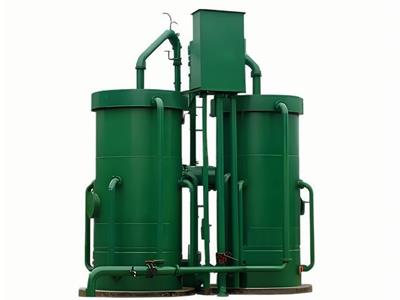- 2025-07-09
Aerosol
Aerosol
An aerosol is a system of solid or liquid particles dispersed in the atmosphere, with particle sizes typically ranging from 0.01 to 10 μm. Its natural sources include:
Marine sources: Sea salt particles (NaCl, MgSO₄) generated by the evaporation of wave spray
Terrestrial sources: Silicate mineral particles carried by wind-blown dust
Biogenic source: Oxidation products of plant volatile organic compounds
Climate regulation mechanism
■ Radiative forcing effect
Cooling effect:
Sulfate/nitrate aerosols reflect solar shortwave radiation (albedo increases by 0.01-0.1)
For every 1 W/m² increase in aerosol radiative forcing, surface temperature decreases by 0.5±0.2℃
Warming effect:
Black carbon and other light-absorbing aerosols absorb longwave radiation (absorption efficiency > 0.8)
■ Cloud physical effects
As cloud condensation nuclei (CCN), they change the cloud droplet size distribution, extend cloud lifespan, and enhance albedo






